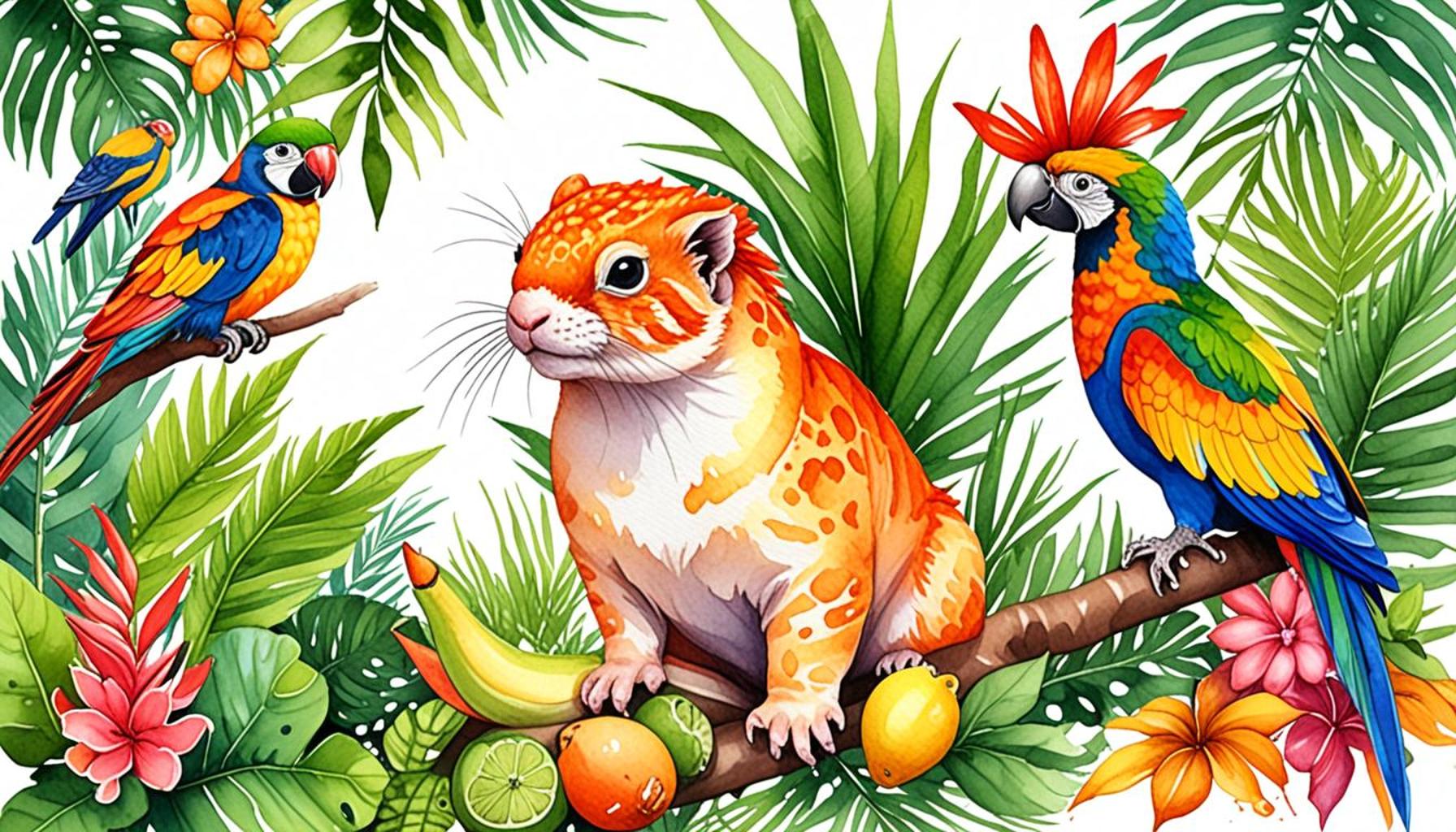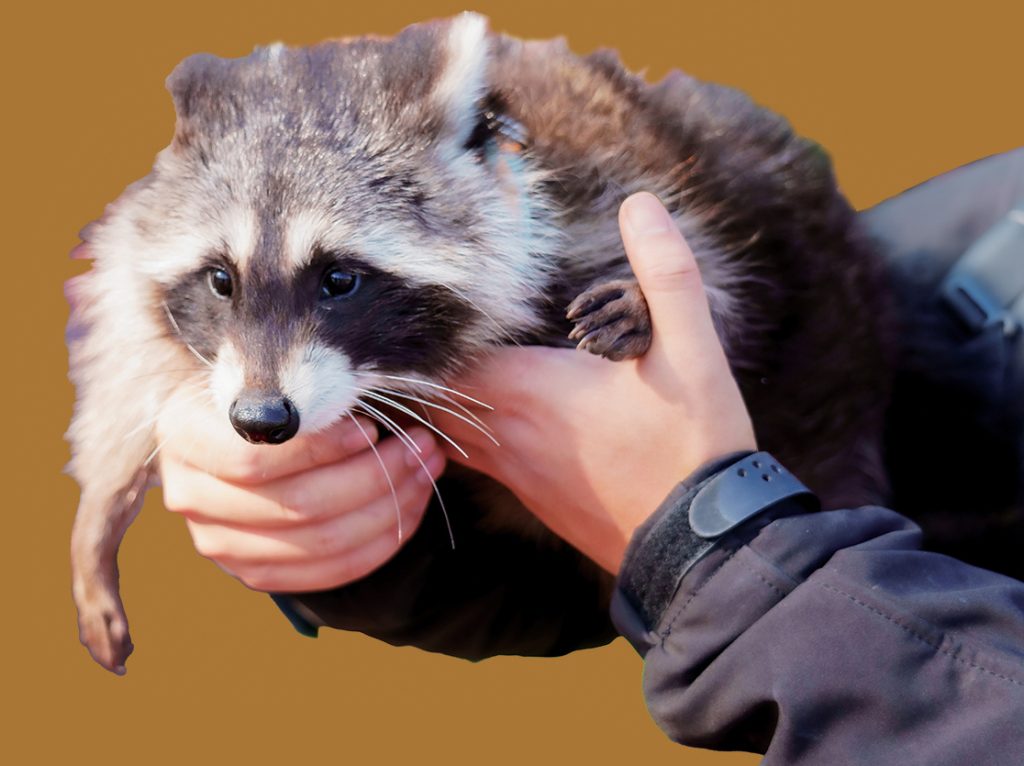Training Techniques for Exotic Pets: Unique Approaches for Uncommon Companions

Discovering Unique Methods for Exotic Pet Training
As the popularity of exotic pets continues to rise, pet owners are seeking effective training techniques tailored to these unique companions. From spirited parrots to curious reptiles, each type of exotic pet requires a specific approach that respects its inherent behaviors, characteristics, and needs. Understanding these nuances can turn a challenging training process into a rewarding experience for both pet and owner.
Training an exotic pet presents a fascinating challenge, requiring creativity and a solid understanding of their instincts. Here are some factors to consider:
- Species-Specific Behavior: Different animals exhibit varying responses to training stimuli. For example, dogs are often eager to please, while cats may be more independent. In contrast, birds often require social interaction to thrive, making engagement necessary during training sessions.
- Enrichment Needs: Exotic pets, such as snakes, lizards, and ferrets, thrive in environments that offer mental and physical stimulation. Providing them with toys that mimic natural behaviors, like climbing branches for reptiles or tunnels for small mammals, can facilitate positive training experiences.
- Positive Reinforcement: Techniques that reward desired behaviors yield better results. For instance, using treats, clickers, or verbal praises for animals like guinea pigs can enhance their learning and strengthen the bond with their owner.
Many owners may struggle to find the right training techniques for uncommon pets. However, gaining insight into effective methods can significantly enhance the bond between human and animal. For example, employing clicker training with birds not only teaches them commands but also introduces a fun aspect to learning. On the other hand, scent training is particularly engaging for mammals like ferrets, who possess a strong sense of smell and enjoy the challenge of finding hidden treats.
It’s essential to remember that patience is key when training exotic pets. Their unique personalities and learning speeds can vary widely; thus, taking the time to understand these traits will yield better results. For example, while an African Grey parrot may quickly learn to mimic words, a tortoise may take a slow and steady approach to learning through positive interactions with their environment.
In this article, we will explore various training techniques specifically designed for exotic pets. By delving into unique approaches such as target training, which can be effective for reptiles, or agility training for ferrets, you’ll gain insights that will assist you in nurturing and guiding your uncommon companions toward positive behaviors. Discovering these tailored methods can not only elevate the understanding of your pet’s needs but also enhance your relationship, offering both you and your animal a more joyous and fulfilling experience together.

DISCOVER MORE: Click here to learn about positive reinforcement in dog training
Understanding Your Exotic Pet’s Unique Needs
Before embarking on the journey of training your exotic pet, it’s paramount to grasp the inherent traits and characteristics that make your companion unique. This understanding lays the groundwork for implementing effective training techniques tailored to their specific requirements. Here are key areas to consider:
- Social Interactions: Exotic pets often have varying social needs. For instance, parrots are highly social and thrive on interaction, while reptiles like snakes may prefer solitude. Recognizing these preferences ensures that training sessions are approached in a manner that best suits your pet’s comfort level.
- Natural Instincts: Each species has its natural instincts that affect their behavior. For example, African Grey parrots are known for their intelligence and mimicry skills, making them excellent candidates for verbal command training. Conversely, small mammals like hamsters may focus more on exploration and foraging behaviors.
- Physical Environment: The setup of your pet’s habitat can significantly influence training progress. Enclosures that incorporate climbing structures for birds or hiding spots for rodents can enhance their natural behaviors and keep them engaged during training.
Recognizing these factors is a significant step in fostering a successful training environment. Many pet owners may find themselves in the dark when it comes to devising effective strategies for their exotic companions. This can lead to feelings of frustration and a lack of progress. However, the right training techniques can unlock a world of possibilities for communication and interaction.
For instance, consider the use of target training, a method especially effective for birds and reptiles. This technique involves getting your pet to follow a target stick or object, reinforcing positive behaviors as they engage with it. It’s an excellent method for teaching them to perform tricks or navigate their environment in a controlled manner.
Another fascinating approach is agility training, particularly for energetic creatures like ferrets. This form of training allows you to design an obstacle course that excites their natural instincts and encourages movement. As they navigate through tunnels and over small jumps, not only do they receive physical exercise, but they also develop problem-solving skills through positive reinforcement techniques.
Moreover, using interactive toys can substantially aid in training exotic pets. Toys that dispense treats or require manipulation can serve as a form of mental stimulation for creatures like iguanas and rodents, fostering both enrichment and an avenue for rewarding learning experiences.
The bottom line is that understanding the unique requirements and preferences of your exotic pet is crucial for effectively shaping their behavior through training. By employing tailored methods and creative engagement strategies, you can foster a deep connection with your uncommon companion while enhancing their skills and behaviors. This approach not only enriches their life but illustrates the joy of companionship that comes from a well-trained pet.
Innovative Training Techniques
When it comes to training exotic pets, traditional methods often fall short due to the unique behaviors and psychological needs of these animals. The integration of naturalistic environments in training sessions can significantly enhance the learning experience. For instance, utilizing a habitat that mirrors their natural surroundings not only reduces stress but also encourages more instinctual behaviors. Understanding your pet’s species-specific traits is crucial.
Positive Reinforcement for Exotic Species
Positive reinforcement techniques have been found to be particularly effective for exotic pets. Unlike the conventional ‘command and obedience’ methods used for dogs and cats, exotic pets respond better to rewards tailored to their dietary needs or social behaviors. This could involve offering treats that are species-appropriate or providing playtime as a reward.
| Training Method | Benefits |
|---|---|
| Naturalistic Environments | Reduces stress and promotes natural behaviors. |
| Positive Reinforcement | Enhances learning through rewards tailored to species. |
These training techniques not only facilitate better communication between the pet and the owner but also establish a bond based on trust and understanding. This approach encourages exotic pets to engage willingly with their caretakers, making the training process not just effective but enjoyable. Emphasizing these innovative methods can lead to more harmonious relationships with our uncommon companions.
Behavior Modification Strategies
Behavior modification is essential when addressing challenging behaviors in exotic pets. Techniques such as desensitization and counter-conditioning can assist in reducing fear responses and building confidence in pets that may exhibit aggressive or fearful behaviors. For instance, slowly introducing a new sound or object in a controlled manner can help pets acclimate without feeling threatened.
LEARN MORE: Click here to discover how to find the perfect pet shelter
Creative Techniques for Enhancing Your Exotic Pet’s Training
Continuing the journey of effective training for your exotic pet, it’s essential to explore creative techniques that go beyond the traditional methods. These techniques harness the distinct characteristics of your pets, allowing for more engaging and successful training experiences. Here are some innovative strategies to consider:
- Clicker Training: This technique employs a clicker as a marker for positive behavior, followed by a reward. It’s particularly effective for pets that can be motivated by treats, such as guinea pigs and certain lizards. Taking advantage of their keen senses, the click sound helps clarify the exact behavior being reinforced, which accelerates the learning process.
- Shaping Behavior: A process known as shaping involves breaking down complex tasks into simpler steps. For example, if you’re teaching a parrot to speak, you might first reward the bird for making any sound, then for mimicking a specific word. This gradual progression keeps training sessions focused and measurable, allowing you to monitor their growth.
- Enrichment Activities: Providing your exotic pet with mental challenges can create an ideal environment for learning. Simple activities like hiding treats for your sugar glider to discover or creating a scavenger hunt for your ferret can stimulate their instincts and encourage independent problem-solving while reinforcing the bond between you and your pet.
- Socialization Sessions: For exotic pets that thrive on interaction, such as rabbits or certain bird species, incorporating playdates or group training sessions can be immensely beneficial. Introducing them to well-socialized companions can help them learn from each other and improve their social skills.
One should always adapt training techniques to align with the personality and comfort levels of the pet. Take, for instance, the behavioral observations you can make. Monitoring how your pet responds to different stimuli can provide insightful data, allowing you to tailor your approach to what resonates best with them. For example, some reptiles may find comfort in routine and predictability, while others, such as exotic birds, may thrive in spontaneous training sessions that engage their senses.
The application of environmental enrichment cannot be understated in the quest for successful training. Exotic pets like ferrets and hedgehogs have innate curiosity that can be harnessed into learning. Providing interactive spaces filled with climbing structures, tunnels, and foraging opportunities not only ensures they are physically active but also mentally engaged during training. By making learning a fun adventure, you keep their spirits high and encourage positive associations with the training process.
Using high-value rewards can also transform your training sessions into an exciting game. These can range from special treats that your pet doesn’t get daily to moments of favorite activities, like a bird flying around or a cat chasing a laser pointer. When your pet is eager to please and motivated by enticing rewards, you’re more likely to see progress and enthusiasm during training.
Exploring these alternative training techniques allows pet owners to deepen their understanding of their exotic companions. Not only will you be teaching them essential skills or commands, but you’ll also be fostering a trusting relationship that can help reduce stress and anxiety in your pet. As your bond strengthens through training, you unravel the beauty of companionship, sharing a rich and interactive life with your unusual friend.
DISCOVER MORE: Click here for insights on meeting your pet’s emotional needs
Conclusion: Embracing the Unconventional in Exotic Pet Training
In the fascinating realm of exotic pet training, embracing innovative strategies can significantly enhance the human-animal bond. Conventional methods may fall short when dealing with unique companions such as reptiles, birds, or small mammals. However, techniques like clicker training, behavior shaping, and environmental enrichment offer tailored approaches that cater to the individual needs and instincts of these animals. By focusing on their distinct traits, owners can create a more enjoyable and productive training experience.
Understanding the importance of a pet’s personality and preferences is crucial. Observing behaviors and responding accordingly can lead to a deeper connection, ensuring that training becomes a rewarding journey for both pet and owner. Incorporating elements like socialization or interactive challenges not only stimulates mental engagement but also fosters trust and reduces anxiety, which is essential for well-being in exotic pets.
The art of training exotic companions is a continual learning process. Owners must maintain a flexible mindset, willing to adapt techniques as needed. Moreover, the successful incorporation of high-value rewards transforms training into a captivating game, motivating pets while strengthening their relationships with their caregivers.
Ultimately, training exotic pets is about much more than commands or tricks; it’s about enriching lives, opening doors to understanding, and celebrating the beauty of these unconventional companions. By investing time into learning about unique training techniques, you equip yourself with the tools to nurture extraordinary connections with these remarkable creatures.


